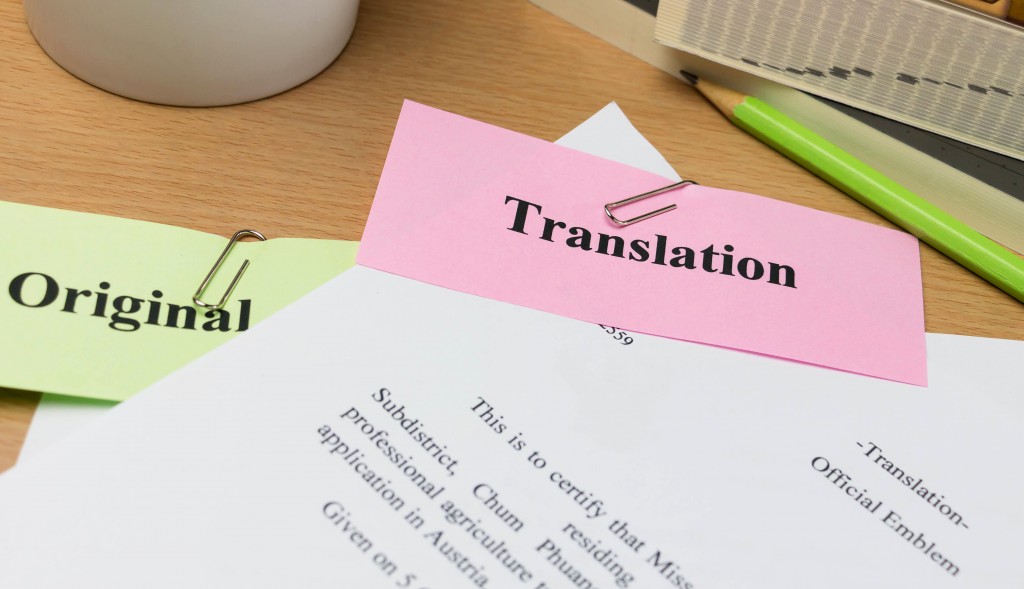When you run a blog or website, you want to reach as many readers as possible. Promoting your site means creating relevant content, posting on social media, and optimizing your website through search engine optimization services.
Another option that not many website owners consider is translating their site’s text into multiple languages.
The Perks of a Multilingual Website
According to Internet World Stats, almost 78% of the content on the web is written in English. The language is also used by 25% of Internet users around the world, with Chinese and Spanish coming in second and third.
Translating your site to other languages might not seem significant when more than half of the content is in English. However, making your website multilingual can:
- Increase your reach: Catering to non-English speakers can open your site to a new, relatively untapped audience.
- Communicate with diverse users: Making your website multilingual increases trust because users can read your content in a language they understand. Increased trust gives your site an edge over competitors.
- Increased conversions: Users are more likely to convert if the website is available in their native language.
Making your site multilingual also helps it rank better on search engines. Increased traffic improves your overall SEO rank, and providing valuable content to readers of different native languages enables you to see results in your campaign.
Actionable Steps Toward a Multilingual Site
Like all other tasks, optimizing a multilingual website requires a strategy. Start with these actionable steps:
1. Look for an international market for your service
Check your analytics and determine where your customers are coming from and the languages they speak. Find someone who comes from the region and have them find out how popular your products or services are with the audience. These people can also inform you about competition in those regions.
With this information, you can find out which countries, regions, and languages to target. Start with one or two. You can expand when you start seeing conversions.
2. Select your domain and URL

Search engines are adaptable to how you structure the URLs of your multilingual site. Google recommends three URL structures:
- Subdirectories for each language: com/fr/
- Subdomain for each language:website.com
- Country-specific domain name: com for English users and website.fr for French users
Another essential consideration is the URL slugs for individual pieces of content. Some translation plug-ins for websites won’t let you translate the slug, losing your ability to include your main keyword in other languages. Find plug-ins that will fully translate the URL slug in each of your chosen languages.
3. Add a hreflang attribute
Add the hreflang snippet to the section of your site. Your users won’t see it, but it will help search engines identify the primary language of each piece of content. Once they recognize the primary language, they’ll direct readers to the translation that’s appropriate for their language.
Translating your website’s content in multiple languages helps grow your potential audience and improve your conversions. If applied correctly, it can also boost your site’s SEO ranking. With these strategies, you can implement a sound multilingual site strategy, and you won’t need to know a second language to do it.



